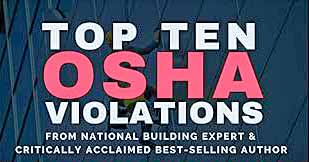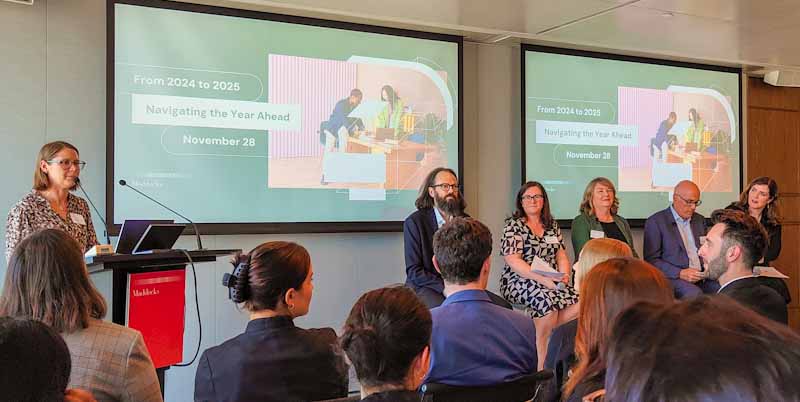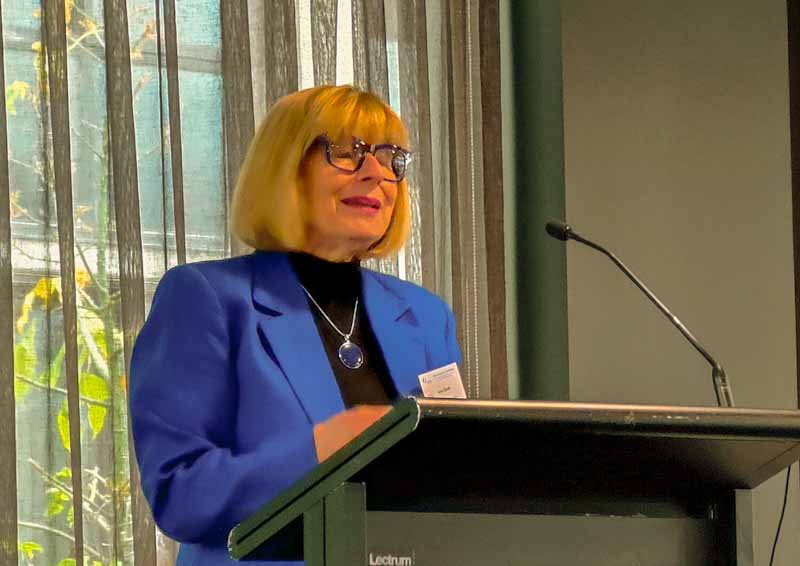Recently former WorkSafe Victoria executive, Dr Narelle Beer, penned an article in LinkedIn called “Going to work should not kill you!” The article is a good introduction to occupational health and safety (OHS) but some important points are overlooked or unexplored.
Category: enforcement
A cheap introduction to regulatory risks
There is a curious set of self-published safety-related books by Lance Luke. They seem to feature on Amazon, so I purchased one to satisfy my curiosity. “Top Ten OSHA Violations” is a thin, low-cost book that is little more than one may see in an occupational health and safety (OHS) convention – snappy, click-bait title, minimal explanation and several case studies. This is not a book regarding any evidence beyond the extensive lived experience of the author. So what are the top 10?
Continue reading “A cheap introduction to regulatory risks”OHS must be careful discussing complacency
The latest edition of OHS Professional magazine carried a long article by Kerry Smith titled “Understanding and Combating Complacency in the Workplace.” The article uses examples at the worker level when the greatest risk posed by complacency is likely to be with managers, executives, their attitudes to safety, and their own safety management systems.
Latest OHS News from Maddocks
Last week, Maddocks law firm conducted an end-of-year summary of its workplace relations issues and a forecast for 2025. Occupational health and safety (OHS) are almost inseparable from industrial relations (IR), so the overlaps between the four or five topics discussed were enlightening and provided a good contrast to the information from other law sources.
Culture of Compliance and the Fair Work Ombudsman
On the morning of day one of the Australian Labor Law Association (ALLA) National Conference, the Fair Work Ombudsman, Anna Booth, mentioned a “culture of compliance.”
She explained the culture of compliance by revealing data in several industry sectors about significant non-compliance based on the activities of the Fair Work Ombudsman inspectors. So, it’s perhaps more important to talk about a non-compliance culture rather than a compliance culture.
OHS questions to ponder
When wearing a motorcycle helmet and motorscooting to and from the office, I (too?) often think about occupational health and safety (OHS) while, of course, being situationally aware (mostly). It is not quite the same as an isolation tank that turned William Hurt into a caveman and a blob, but the quiet allows contemplation.
Below are some of the questions and thoughts from those sessions. Usually, these percolate for a few weeks into a blog article, but I would appreciate readers’ and subscribers’ thoughts. A prize or reward will be sent to the most engaging subscriber.
Trenching deaths and radio report
I am a fan of NPR’s radio program, All Things Considered. Occasionally, it reports on workplace health and safety matters. On July 19, 2024, it reported on the unacceptable number of deaths from trenching activities in the United States. The content was shocking and disappointing (the default setting for many reactions to occupational health and safety (OHS) matters), but the report’s format is an excellent example of journalism.







